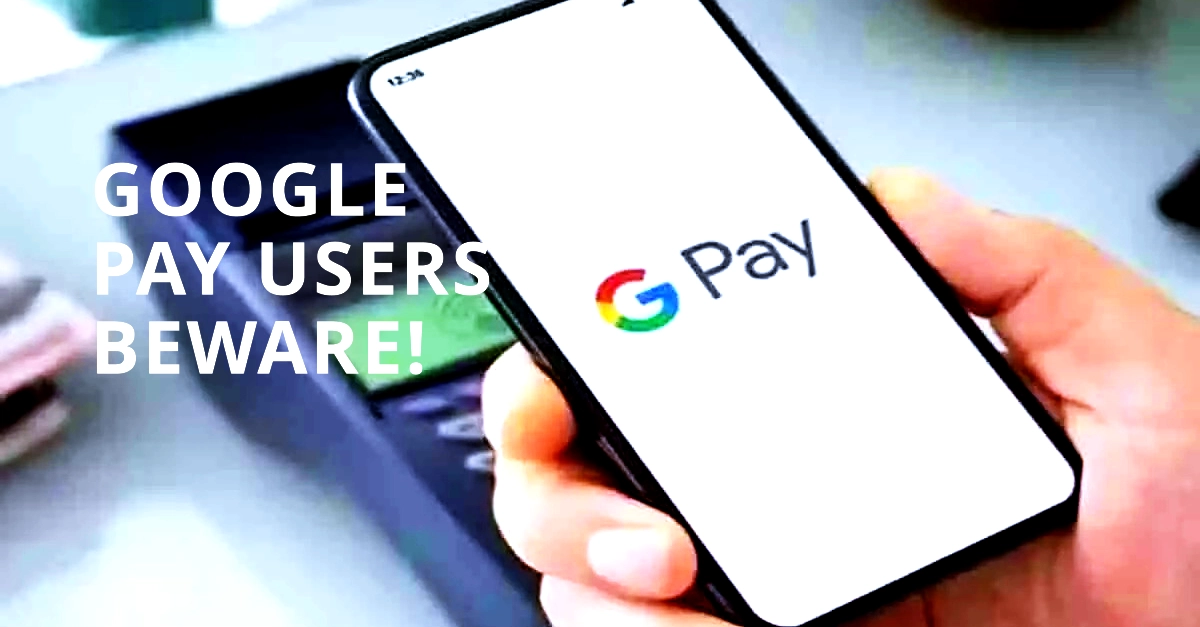Google recently announced the discontinuation of its standalone Google Pay app, prompting users to migrate their payment information and transaction history to the Google Wallet service. This move has been made in an effort to streamline Google’s diverse payment offerings and provide users with a more unified experience on a single platform.
While the change might seem sudden, Google has provided ample time for users to transfer their data and become familiar with Google Wallet.
Why the Change?
Google’s primary motivation for merging Google Pay with Google Wallet is to consolidate its payment solutions. By streamlining their services, Google aims to create a more user-friendly and accessible platform for all things related to digital payments.
With Google Wallet, you’ll be able to manage your payment methods, store loyalty cards, access digital tickets, and make contactless payments – all from within a single app.
Addressing User Concerns
Google recognizes that this may be a significant change for some users who have grown accustomed to Google Pay’s interface. Here’s what you need to know:
- Data Security: The transition process has been designed with your privacy and security in mind. Google ensures that your payment information and transaction history will be transferred securely to Google Wallet.
- Functionality: Google Wallet offers all the same core functionalities as Google Pay, with some additional features that enhance the overall user experience.
- Grace Period: Google is not immediately shutting down Google Pay. You have a reasonable timeframe to make the switch before the standalone Google Pay app is discontinued.
Transitioning to Google Wallet: Step by Step
Moving to Google Wallet is simple. Here’s how to do it:
- Download Google Wallet: If you don’t have it already, download the Google Wallet app from the Google Play Store or the Apple App Store.
- Open Google Wallet: Launch the newly installed Google Wallet app on your device.
- Look for Transfer Prompt: Google Wallet should automatically recognize you as a Google Pay user and display a prompt asking if you’d like to transfer your data. Follow the on-screen steps.
- Set Up Google Wallet: Once your data is transferred, Google Wallet may guide you through a brief setup process to personalize the app and ensure your payment methods are linked.
Additional Tips
- Explore Google Wallet: Take your time to familiarize yourself with the Google Wallet interface and explore its features. This will ensure a smooth experience.
- Check Compatibility: Ensure that your device is compatible with Google Wallet for contactless payments. You can find a list of supported devices on the Google Support website.
- Third-Party Apps: If you use Google Pay with other third-party apps, update your payment settings within those apps to reflect the transition to Google Wallet.
The Future of Digital Payments with Google
Google’s decision to consolidate its payment services under Google Wallet marks a positive shift in its approach to streamlining the user experience. Google Wallet promises a more comprehensive solution with greater potential for innovation in the digital payment space.
By following this guide, you’ll smoothly transition and be well-prepared to embrace the new and improved Google Wallet.
